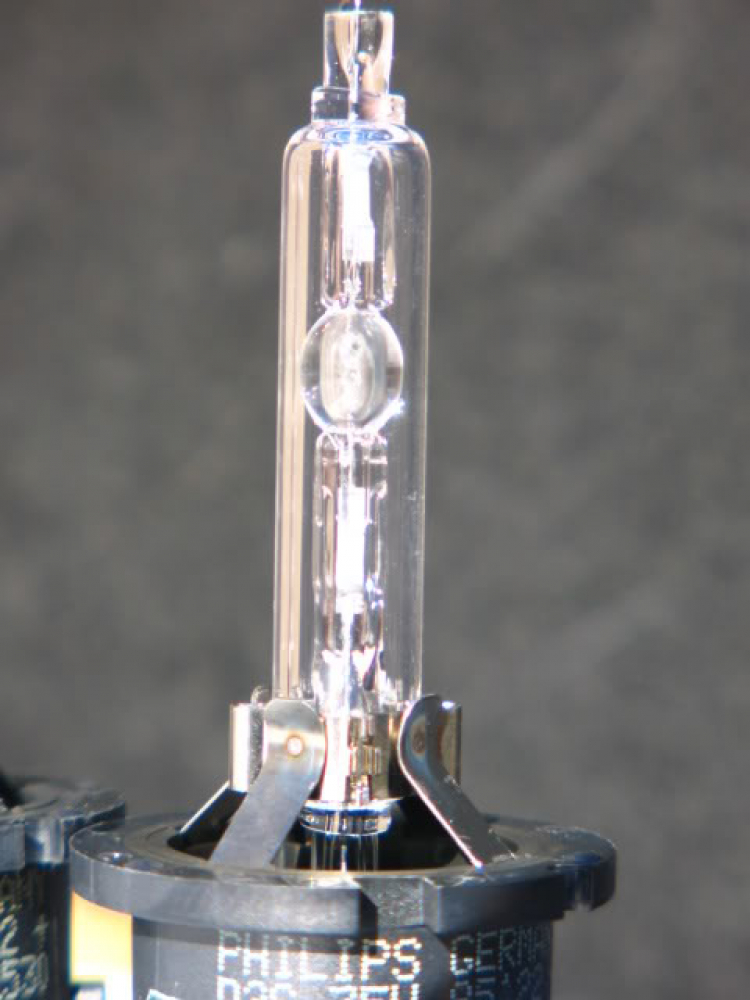RE: Đèn xenon Phillips cho C200 - Chùm ảnh out of the box
To understand use of the Kelvin scale, you must first define what a "Black Body Radiator" does. At absolute zero - minus 273.3 ° Centigrade - this theoretical object radiates no energy. As the temperature of "Theoretical Black Body" is raised, it begins to emit energy. At about 700° C, a faint red glow becomes visible to the naked eye. As the TBB's temperature is raised to about 1517° C, it glows with a light similar to candle or firelight, 1800° K. (We started at minus 273° C and raised the temperature of the Theoretical Black Body to 1517° C - the result 1800° K). Continuing to raise the temperature will cause the Kelvin factor to rise: first to 2850K, a typical household incandescent lamp; then to 3200K, a typical studio incandescent lamp; and finally on to 5600K, nominal daylight. The Kelvin scale continues to rise to a blue sky of 28,000K
Chữ K không phải là giá tiền, mà biểu thị nhiệt độ, độ Kelvin !Trích đoạn: Mercedes S65 AMG
Em hơi thắc mắc tí! Theo tấm hình này thì giá từ 3000~6000K chỉ có ánh sáng trắng ko thôi à? Cho em hỏi luôn độ sáng của đèn phụ thuộc vào giá tiền phải ko ạ?
To understand use of the Kelvin scale, you must first define what a "Black Body Radiator" does. At absolute zero - minus 273.3 ° Centigrade - this theoretical object radiates no energy. As the temperature of "Theoretical Black Body" is raised, it begins to emit energy. At about 700° C, a faint red glow becomes visible to the naked eye. As the TBB's temperature is raised to about 1517° C, it glows with a light similar to candle or firelight, 1800° K. (We started at minus 273° C and raised the temperature of the Theoretical Black Body to 1517° C - the result 1800° K). Continuing to raise the temperature will cause the Kelvin factor to rise: first to 2850K, a typical household incandescent lamp; then to 3200K, a typical studio incandescent lamp; and finally on to 5600K, nominal daylight. The Kelvin scale continues to rise to a blue sky of 28,000K
Last edited by a moderator:


